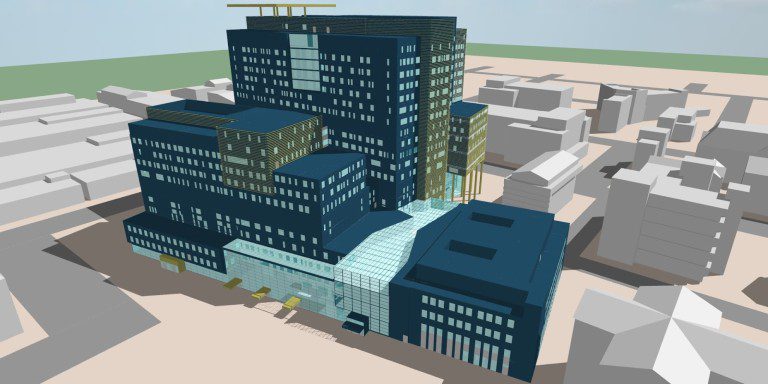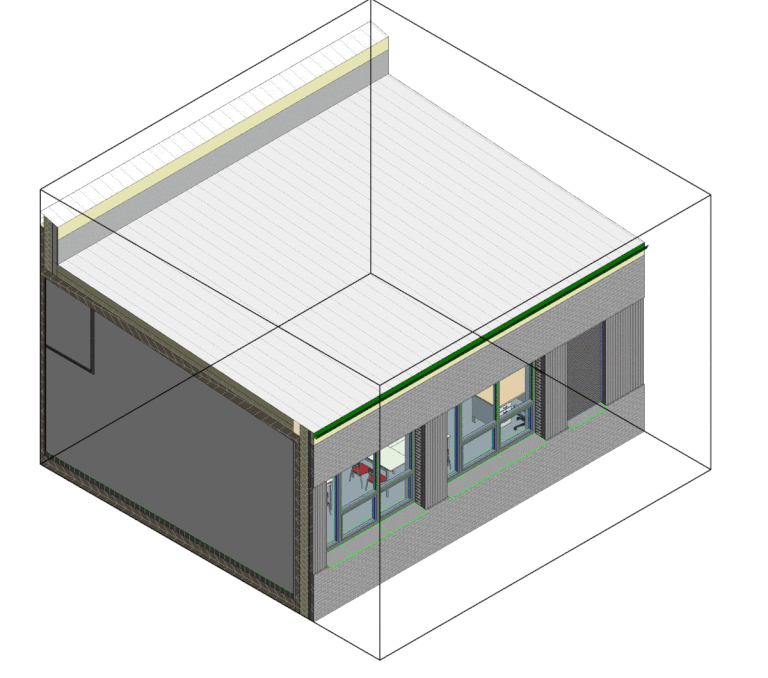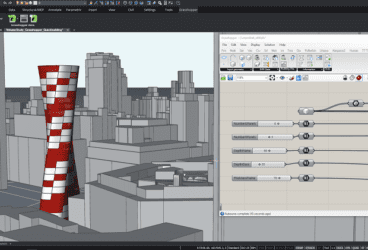SimScale empowers everyone within your engineering team to innovate faster by incorporating simulation analysis seamlessly at every stage of the building lifecycle, through cloud-based CFD and collaboration features. Improve your BIM software workflow using SimScale’s cloud solution.
Trusted by 700,000+ users
See Case Studies


Learn how SimScale’s cloud solution is a key trend along with BIM software to adopt for simulating a future world of net-zero energy buildings. Additionally, check out this recent webinar explaining how to harness SimScale and IES for an optimized building simulation workflow.
“A key feature of both IES and SimScale is that they have publicly available APIs. An IES user, for example, can access the SimScale API and send their VE model to the SimScale platform. SimScale will then perform CFD wind simulations on the model, returning accurate wind pressure coefficients and other data that can be imported and used in the IES thermal and energy simulation. This entire process can be automated using the API and the benefits are clear to see.” IES


Check out some of our customers’ building design success stories.
“The platform has given us quality, visually digestible output to inform decision making and to compare results against our monitored data from our extensive post-occupancy studies. Working with SimScale has allowed us to study our learning spaces in a way we never have before. It has helped inform us on which design strategies may provide the biggest impact on performance. The visual outputs have real value, not just in terms of informing our decision-making, but potentially in communicating how classrooms can work and feel to clients and stakeholders.” Architype


Unlimited high-performance computing & data management
Reduce simulation turnaround time and explore more designs by running unlimited simulations simultaneously.
Proven simulation technology
Gain confidence in your results all within one simulation tool.
Workflows & integration
Customize and automate your simulation workflows for more agile, remote, and broad simulation work.
Collaboration & enterprise controls
Maintain central control over simulation quality and usage.
Scale up or down based on current need.
Manage all simulation projects in one place.
Be confident in your simulation results.
Post process seamlessly.
Use the CAD tool of your choice.
Simulation capabilities customized to your workflows.
Share best practices and avoid rework.
Control who can access simulation projects.
Simulation experts at your fingertips.
Sign up for SimScale
and start simulating now